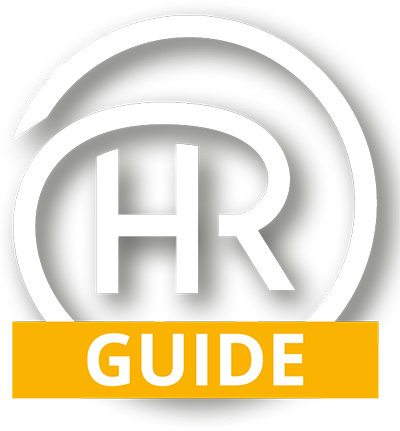Managing Contracts of Employment - A Step by Step Guide
Written by Andrew Johnson, Founder and CEO HRGuide - Sun 2nd Jun 2024
The Written Statement
The law allows you to issue the written statement in instalments, but certain key information must be included in the ‘principal’ statement which must be included in a single document.
The principal statement should include the following information:
The legal name of the employer company - it is a good idea also to include the trading name, if different.
• The legal name of the employee.
• The date the current employment began.
• Any earlier date upon which employment with a previous employer began which is treated as “continuous” with the current employment.
- The employee’s pay, or how it is calculated, and the intervals at which it will be paid e.g. weekly or monthly.
• The employee’s hours of work.
• Entitlement to holidays - including public holidays - and holiday pay. The information must be accurate enough to allow precise calculation of accrued entitlement.
• Job title or a brief description of the work.
• The address of the employee’s place of work. If they will be working in more than one place then this should be indicated along with the employer’s address.
In addition there are other contract clauses you can add that we recommend as standard. These include:
• Probationary Period
• Assessments
• Expenses
• Confidentiality Agreements
• Non-Disclosure Agreements
Putting together an employee’s written statement in separate parts
If the written statement is given in separate parts, the following information – if not contained in the “principal statement” - must be provided within two months of starting work. This information can be contained within a company handbook either as Further Terms and Conditions or outlined in a Policies and Procedures section of a Company Handbook. This information includes:
• Sickness, injury and sick pay - terms and conditions relating to sickness or injury including any sick pay provisions.
• Period of employment - where the employment is temporary, the period it is to continue for, or, if it is a fixed-term contract, the date it is to end.
• Notice periods - the length of notice required from both parties. Rather than stating specific terms you can refer to the relevant legislation.
• Employment abroad - details of any terms relating to employment abroad for more than a month.
• Collective agreements - details of any collective agreements with trade unions which directly affect the terms and conditions of employment.
• Pensions - any terms relating to pensions and pension schemes including whether the employment is covered by a pensions contracting-out certificate.
• Dismissal, disciplinary and grievance procedures (which must meet new statutory minimum requirements) - some details must be in the written statement itself which includes the name or job title of the person the employee should apply to in order to resolve a grievance, and how this application should be made and the name or job title of the person the employee should apply to if they’re dissatisfied with any disciplinary decision or decision to dismiss them, and how this application should be made
In addition to your Contract of Employment it is essential that you have a range of other HR Policies and Procedures which set out the People Policies and Procedures within the business
Get expert advice on Contracts of Employment from HRGuide
It's important to have a well-crafted Contract of Employment which protects the business from lack of clarity and misinterpretation of the terms of work. It provides the foundation for effectively engaging your workforce .
For complete support simply subscribe to hrguide.co.uk where you can access our detailed HR How to Guides as well as all the template HR Letters and Forms to support you as well as our model policy documents at https://www.hrguide.co.uk/subscribe.php
In addition, as a subscriber you can simply call us on our HR Helpline for expert advice.

